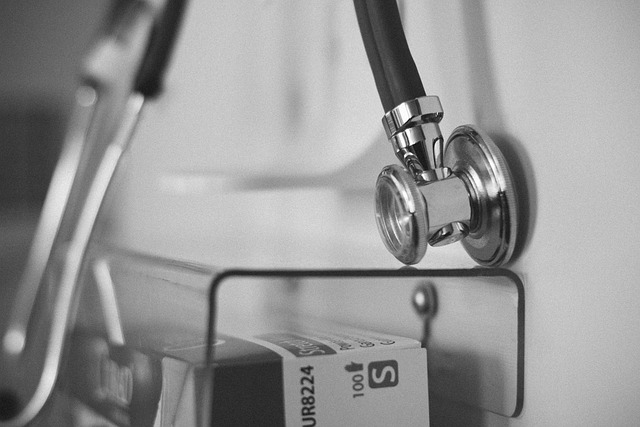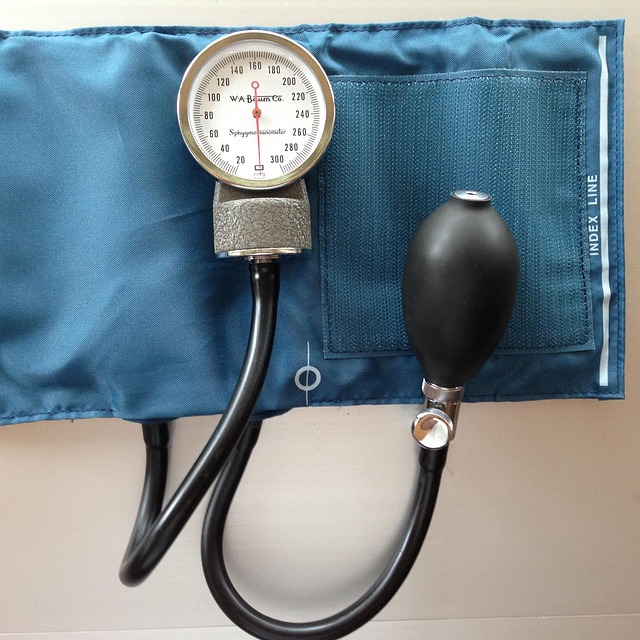Selecting the right diagnostic tools is essential for effective real-time performance monitoring. These tools detect anomalies and trends instantly in diverse sectors like healthcare and manufacturing. They analyze patient data, track physiological parameters, and monitor system metrics using advanced algorithms and visualizations. Tailored to industry needs, they enable prompt interventions, proactive issue identification, and continuous improvement. Choosing tools based on accuracy, integration, and cost-effectiveness is crucial for optimizing operations and achieving positive outcomes.
Real-time performance monitoring is an indispensable practice for businesses aiming to maintain seamless operations. This comprehensive guide delves into the intricacies of effective monitoring strategies, offering a roadmap for organizations to optimize their digital landscapes. We explore essential aspects, from understanding real-time metrics to interpreting data insights. Furthermore, this article illuminates the critical step of choosing select diagnostic tools that empower teams to proactively identify and resolve issues before they impact users.
- Understanding Real-Time Performance Monitoring
- Choosing the Right Diagnostic Tools
- Implementing Efficient Monitoring Strategies
- Analyzing and Interpreting Performance Data
Understanding Real-Time Performance Monitoring

Real-time performance monitoring involves continuous tracking and assessment of various system or process parameters to gain immediate insights into their current state. Unlike periodic checks, which offer snapshots in time, real-time monitoring provides a steady stream of data, enabling quick detection of anomalies, trends, and potential issues. This is particularly crucial in dynamic environments where immediate responses are critical, such as healthcare facilities utilizing miniature medical sensors or environmental health monitors to track air quality in real-time.
Selecting the right diagnostic tools is paramount for effective real-time performance monitoring. These tools must be able to collect, process, and visualize data from diverse sources, often integrating with existing systems for comprehensive monitoring solutions. Digital diagnostics for chronic conditions, for instance, can benefit from sophisticated algorithms that analyze vast amounts of patient data in real-time, allowing healthcare professionals to intervene promptly and improve outcomes.
Choosing the Right Diagnostic Tools

Selecting the appropriate diagnostic tools is a pivotal step in effective real-time performance monitoring. The right tools can offer detailed insights into various physiological parameters, enabling timely interventions and precise adjustments to maintain optimal health. When choosing diagnostic tools, consider the specific needs of the patient population you’re serving. For instance, advanced blood analysis equipment can provide comprehensive data on biomarkers, red blood cells, and white blood cell counts, aiding in both routine checks and complex conditions like endocrinology disorders.
Renal monitoring systems are another crucial aspect for patients with kidney-related issues, as they allow continuous tracking of renal function markers such as creatinine levels and urine output. Incorporating these tools into your monitoring regimen ensures a multi-faceted approach to patient care, leveraging advanced technologies that facilitate early detection of anomalies and prompt actions towards positive outcomes.
Implementing Efficient Monitoring Strategies

Implementing efficient monitoring strategies is paramount for organizations seeking to optimize their operations and maintain high standards. The first step involves selecting the right diagnostic tools, which can vary greatly depending on the industry. For instance, medical image analysis tools are indispensable in healthcare for accurate diagnosis, while food safety diagnostic labs require specialized equipment to detect contaminants. Similarly, in manufacturing, real-time monitoring of machinery using advanced sensors and pulmonary function testers can prevent downtime and ensure product quality.
These tools should be chosen based on specific needs, considering factors like data accuracy, ease of integration, and cost-effectiveness. By aligning monitoring strategies with operational goals, organizations can achieve seamless performance tracking, proactive issue identification, and continuous improvement.
Analyzing and Interpreting Performance Data

Analyzing performance data is a crucial step in understanding and optimizing system behavior. By selecting the right diagnostic tools, organizations can gain valuable insights into real-time performance metrics. These tools allow for detailed examination of various parameters such as response time, throughput, error rates, and resource utilization. Through sophisticated algorithms and visualizations, they help identify bottlenecks, anomalies, or trends that might otherwise go unnoticed.
For instance, advanced diagnostic platforms often incorporate features akin to DNA analysis for disease prediction, offering precise and timely diagnoses by comparing current performance data against historical patterns. Ophthalmic diagnostic instruments, a prime example of specialized tools, play a vital role in medical professionals’ hands, enabling them to interpret complex patient data swiftly and accurately. Similarly, these tools can be tailored to meet the unique needs of different industries, ensuring optimal decision-making processes based on sound performance interpretations.
Real-time performance monitoring is a critical aspect of modern IT management, enabling efficient troubleshooting and optimization. By understanding key metrics, selecting appropriate diagnostic tools like those that facilitate the Select Diagnostic Tools process, and implementing strategic monitoring practices, organizations can ensure seamless digital operations. Analyzing collected data provides valuable insights for informed decision-making, ultimately enhancing overall system performance.
